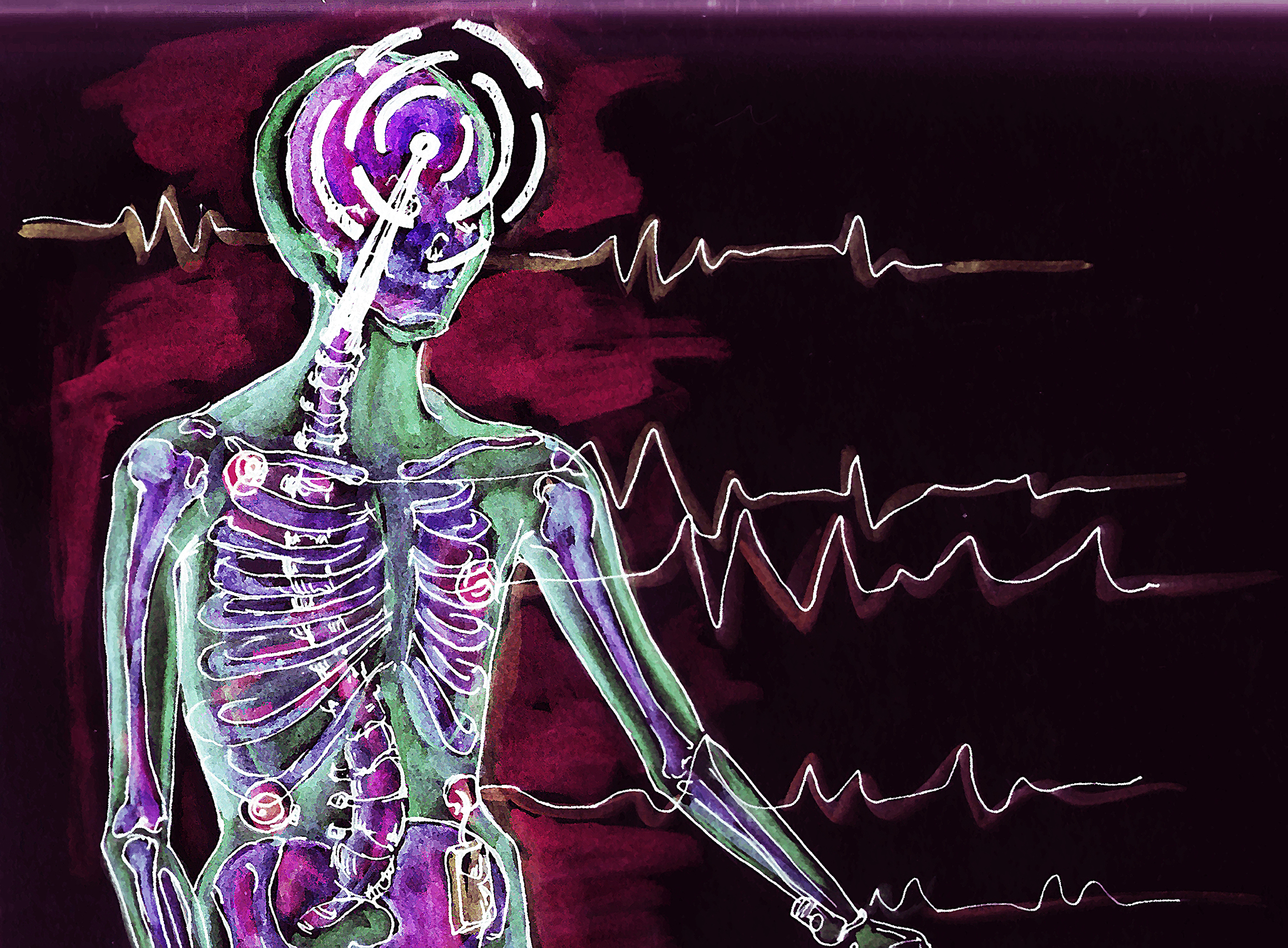Picture this: the perfect first date. It’s dreamlike: you can’t stop laughing at each other’s jokes, you are similar in the best of ways yet just different enough for there to be a spark, you’re blushing when you make eye contact. The skies are bluer, the sunshine feels warmer, people seem happier.
How did you get here, though? Well, let me take you on a roller-coaster of a ride that outlines the biological basis of the very human art of falling in love.
The initial stages of attraction are mediated through the careful balancing act of activation of your sympathetic and parasympathetic nervous systems. The butterflies in your stomach stem from the adrenaline surge that accompanies the sympathetic fight-or-flight response. This is also what makes your heart race and beat faster.
But why? Well, evolutionarily the stakes are high: finding a mate was a stressful job! Poor prehistoric man – for him, swiping right just wasn’t an option. This sympathetic activation is crucial to further develop desire. Thus, we know why engaging in heart-pounding activities together, like watching a good old horror movie, stimulates closeness and yearning. A good idea for your next date night, eh?
Conversely though, we have our parasympathetic system to rest and digest, amongst other things. Parasympathetic activation influences physical changes during sex, such as genital swelling and orgasms. Being turned on involves a gush of intense, quick blood flow, the widening of pupils, and increased sensory reception, all to work in your favour and exponentially stimulate sensation of attraction. Ooh, la la.
We undergo changes at a physiological and psychological level as intimacy deepens. This is indeed where we begin to fall in – or rather a better term would be to grow – in love. As you spend more and more time with your special someone, varying dopamine pathways associated with pleasure, reward, and habituation in the brain tend to become recurrently activated. This explains why spending time with your partner makes you happy, or hopefully not – but in some cases – obsessed. Cues Joe Goldberg.
Many neurological studies using functional magnetic resonance imaging have unveiled the pathways that this dopaminergic activation and reactivation cause. Basically, we’ve found which parts of your brain light up with pleasure when you’re in love! In medicine, we love big, fancy names, so these are the caudate nucleus and ventral tegmental area. Studies looking at the neurological response in participants viewing images of their beloved revealed how these dopaminergic reward circuits turn on. Pun very much intended. These pathways are interesting: they share ties with ancient neural networks associated with vital evolutionary behaviours such as motivation for and indulgence in food consumption and reproduction. Even more interestingly, these pathways are the same ones affiliated with drug addiction – scary stuff, right?
Apart from dopamine, there is an endless list of funky chemicals that brew the cocktail of love; we have oxytocin, commonly known as the cuddle hormone, and vasopressin, an antidiuretic hormone (limiting liquid flow rate), that function to deepen attachment and foster lasting bonds. These hormones, often also associated with childbirth and maternal bonding, induce feelings of calm and contentment post-sex. Post-nut clarity explained in a nutshell.
The wonders of love don’t just end there, though. A study tracking young women in love revealed the deep-rooted physiological changes that occur over the span of 2 years, and the results were truly astonishing! Being in love caused epigenetic changes through the genetic production of interferon, a protein typically mobilised to defend against viral invaders. These proteins were found to be up-regulated to bolster immune systems. So be kind to your partner, they might just be your unexpected knight in shining antiviral armour.
Yet another study examined the impacts of preoperative social conditions (a polite way of saying the relationship status) on the postoperative outcome of patients undergoing a CABG surgery to create a by-pass path for blood flow into the heart. Remarkably, results depicted correlation between love and longevity: those who were married during surgery were 2 and a half times more likely to still be living 15 years later, hinting at the life-saving and life-extending potential of love’s embrace. Now, isn’t that wholesome?
“Despite these tumultuous physiological and psychological changes, with time, the grasp of love begins to soften, and you don’t fall and faceplant in love, rather, ever so slowly – you begin to grow, dance, and thrive, choosing love”
This isn’t to say that the exasperatingly exhilarating journey of love isn’t without its trials. Anxious thoughts, a common adjuvant even in the healthiest of relationships, lead to a surge in cortisol levels, leading to serotonin dips and the obsessive ruminations characteristic of infatuation. Despite these tumultuous physiological and psychological changes, with time, the grasp of love begins to soften, and you don’t fall and faceplant in love, rather, ever so slowly – you begin to grow, dance, and thrive, choosing love.
As we settle on and with a partner, we rewire our brains and rewrite our paradigms. We tend to dampen negative emotions and critical judgement via the selection deactivation of certain neural pathways. To live and let live, with a sense of serenity, is the true potential of love when fostered well.
Even more remarkable (my last fun fact) is that molecules associated with love, like oxytocin, can repair a broken heart, quite literally. Our favourite cuddle hormone, when expressed in the myocardial tissue, promotes repair and reduces inflammation, highlighting its role in protection and self-healing. Love builds resistance. It helps you keep going, even through the darkest of days.
Love is the epitome of human existence, and its experience is craved and cherished by every part of our mind, body, and soul. So today go tell your favourite people, your partner, your parents, your best friend, how much you love and appreciate them, and let yourself savour the flavour of love.
With and in love, everything is everything, but better.






